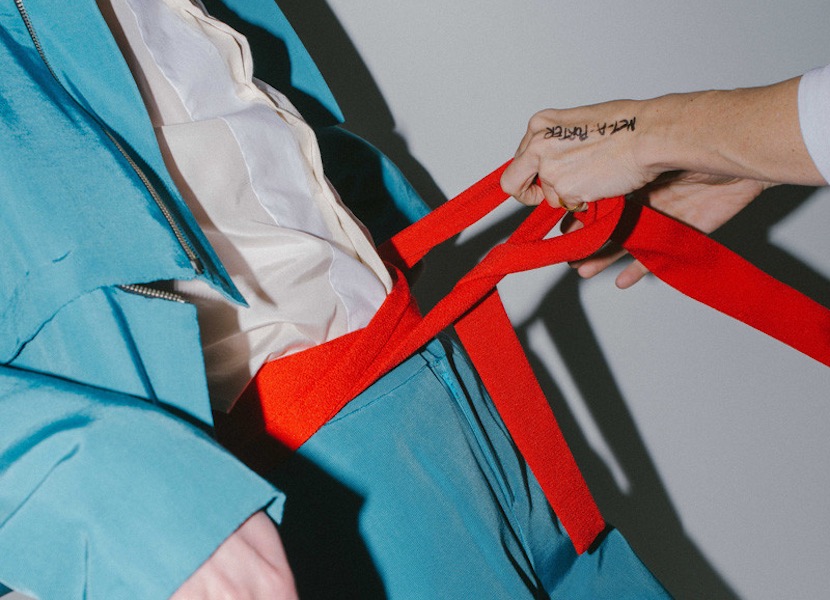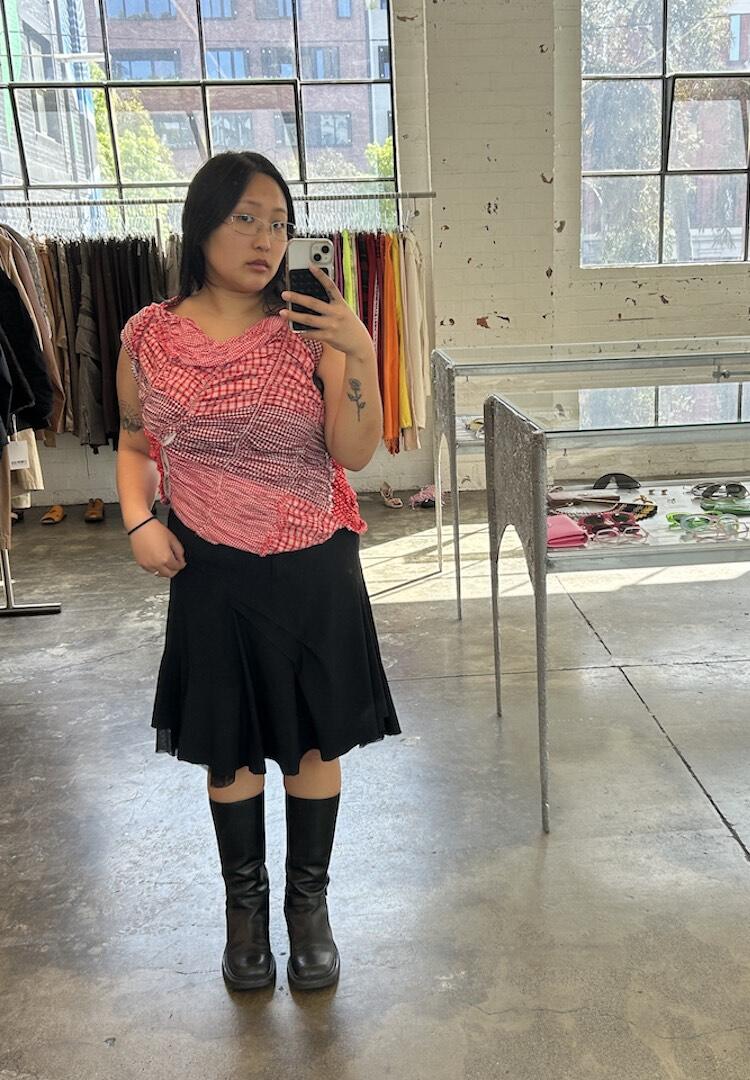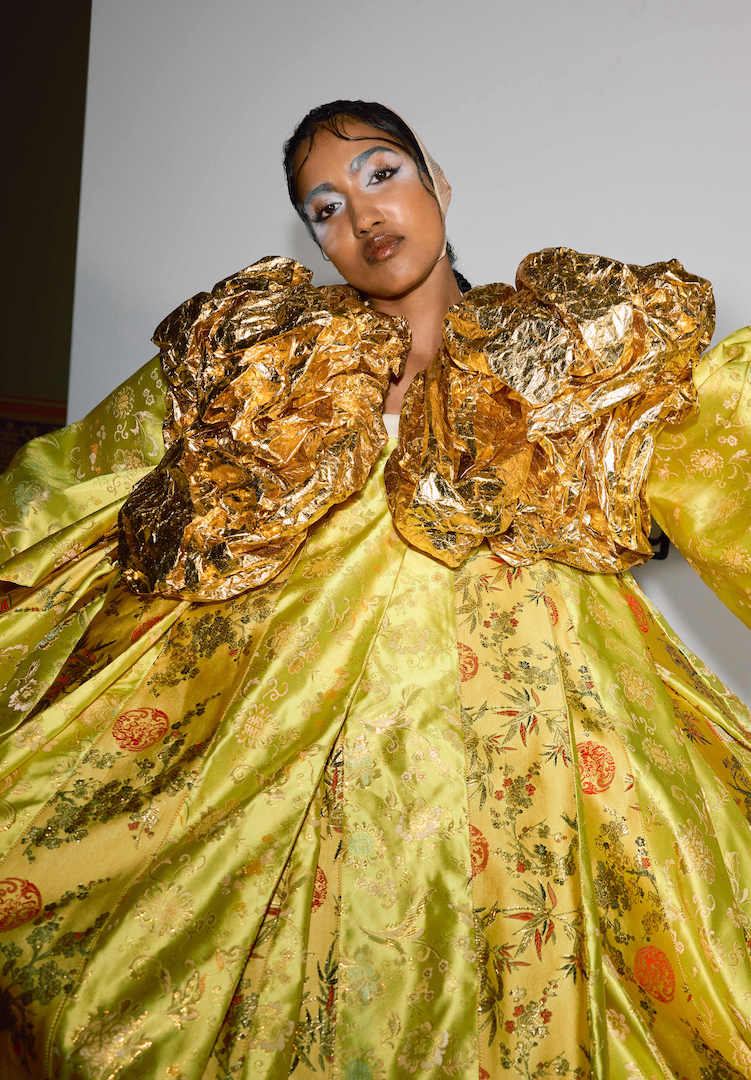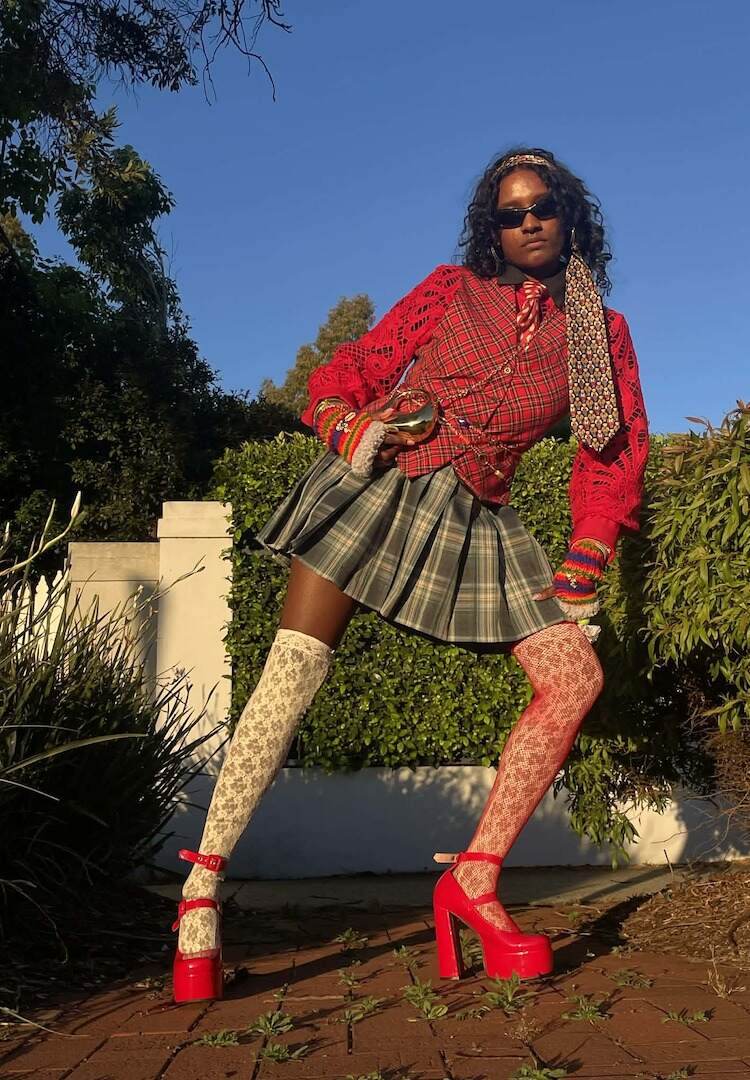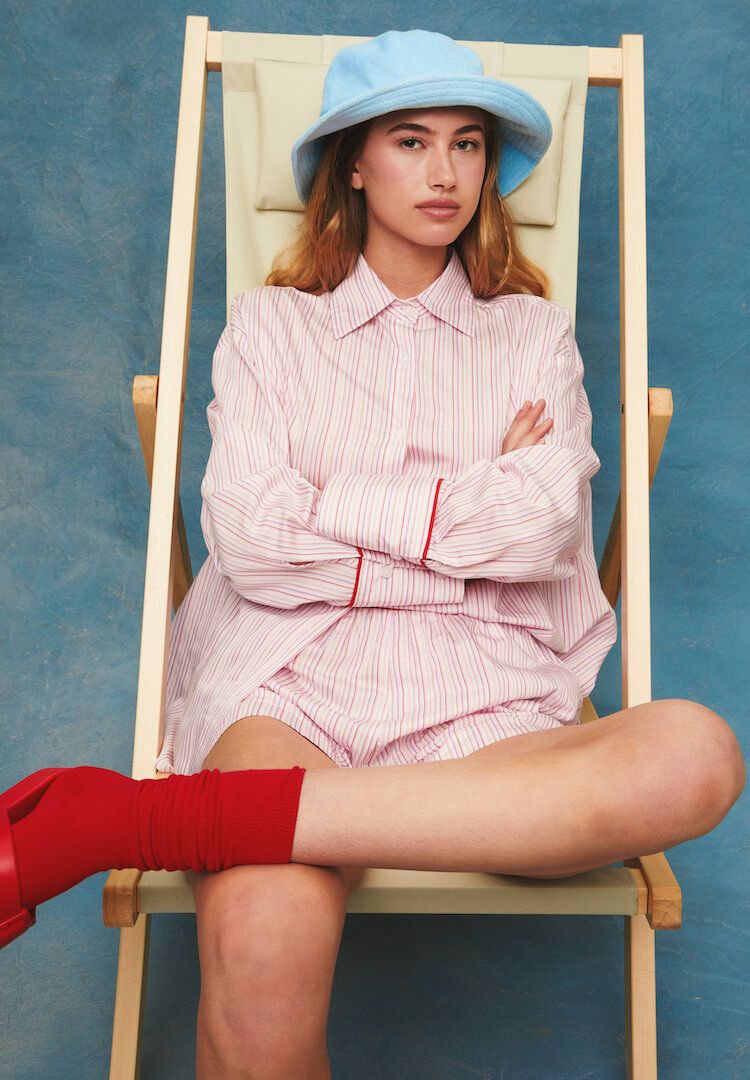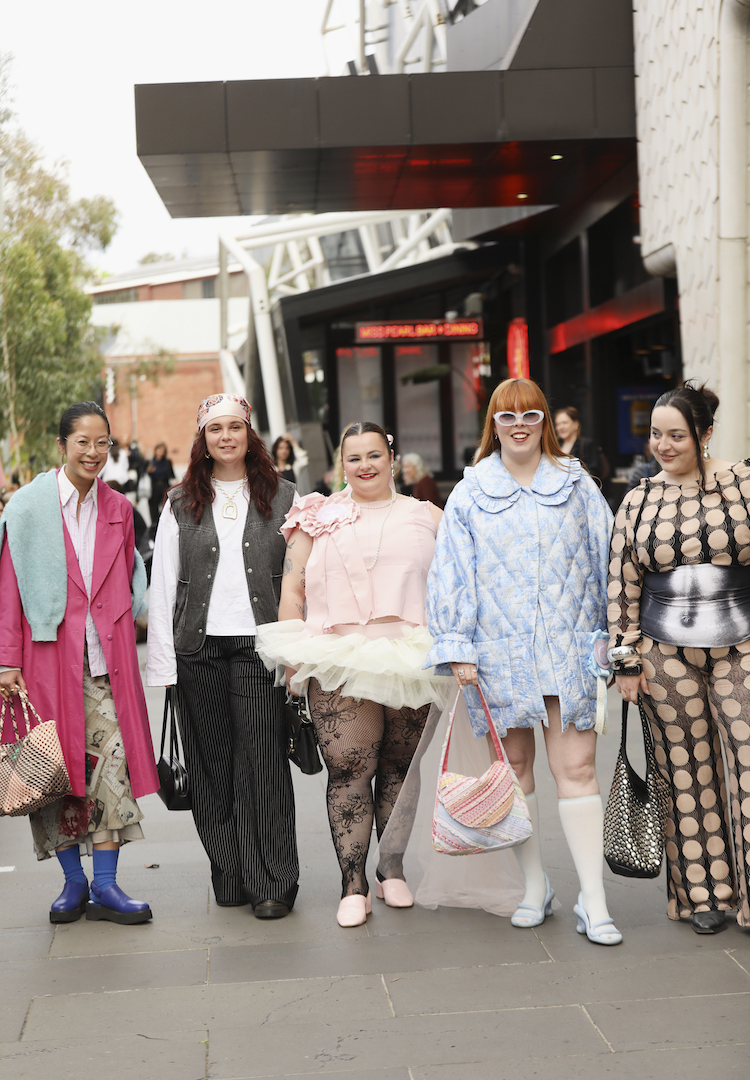Melbourne Fashion Week digital runways are now live and free, here’s what to expect
PHOTOGRAPHY BY JESS BROHIER
WORDS BY EMMA ANVARI
Lights, camera, digital runway.
Across the globe, we’ve seen the fashion industry take strides into the digital age to adapt to the current climate, and Melbourne Fashion Week (M/FW) is no exception.
For the very first time, and in a model similar to London Fashion Week, Melbourne fashion lovers will experience their favourite designers through digital runways.
Not only does this mean we can consume and enjoy the latest from our favourite designers whilst adhering to social distancing regulations, but it also invites a new level of creativity and authenticity from the labels themselves.
Unlike the traditional runway where the brand goes to the audience and shares the stage, along with its limitations, with a number of other labels, digital runways allow the audience to go to the label.
As three Melbourne designers involved with this year’s M/FW discovered, this exciting new format has redefined the runway experience.
I sat down with each of them for some insight into their digital runways, creative processes and overall experiences.
Ngali
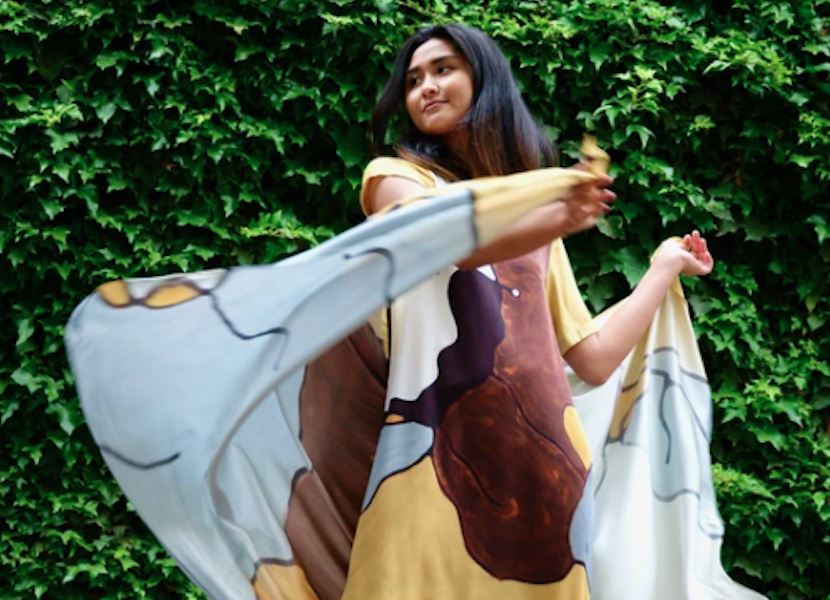
For this Indigenous brand, the translation of the traditional runway to the digital form meant one important and exciting thing: the ability to acknowledge the importance of Country and its role in the brand’s creative process.
Ngali, which means ‘we’ or ‘us’ in numerous Indigenous languages, emphasises the importance of an “equitable union of people with Country and each other” through its pieces. Its collections feature incredible Indigenous art and this year’s upcoming release is no exception, featuring the artwork of Kimberley-based Gija artist Lindsay Malay.
Founder and designer Denni Francisco says the digital runway was a great opportunity to take the collection onto Wurundjeri Country and to be authentic to the brand.
“What was also really great is the stylist we got to work with because he was really enthusiastic and totally got our vision and the fact we wanted it to be on Country,” she says. “He was just fabulous to understand the vision, buy into the concept, setting it up and making it happen.”
The digital format is one Denni is open to utilising again, not least because it enabled the guaranteed casting of an Indigenous model in the project. When asked what her approach was to devising the runway, Denni’s answer was simple. “It was actually really around figuring out how the story behind our collection translates and the best way to show it,” she says.
In addition to a collaborative stylist who embraced and executed Ngali’s vision, Denni says her overall team of creatives also played a vital role. “They very much embraced the cultural importance of the Ngali brand and worked to ensure the runway was created in a way that was a celebration of Indigenous fashion,” she says.
Ngali, like many smaller labels, is currently looking to expand its reach internationally and Denni says M/FW’s digital reimagining provides the perfect opportunity for such an expansion.
“I think it’s a little different when you do your own video and create your own collateral to promote yourself,” she says. “When you’re doing an event such as M/FW it’s almost as if the label and the brand is being promoted by a third party.
“The digital presentation of M/FW not only helps brands present their collections to a wider audience, it also gives the City of Melbourne the opportunity to further promote itself as Australia’s fashion capital.”
Like many designers, Denni is yet to see the finished product but is very excited for audiences to see Ngali’s latest collection in this new and exciting way.
Verner

For Ingrid Verner, the founder and designer of independent Australian label Verner, the collaboration with her creative team for its digital runway was an easy one.
“I think with Verner, because there’s such a defined aesthetic to the brand and such an already strong set of ideas about the collection and such a strong direction, there wasn’t much to and fro,” she says.
“The creative team really took in the essence of the collection and created something that I think really worked.”
When asked how she’d describe her digital runway, Ingrid gave me one word: “extra”. Filmed at Bundoora Park Farm and featuring a variety of animals, Ingrid says she’s not worried about holding her audience’s interest.
“The collection is so extra: I developed my own individual prints and textile designs, it’s heavily patterned and colourful and is quite creatively loaded,” she says.
“It’s a collection that grabs attention and grabs the eye and there is nothing boring about the film that we did. It’s a visual feast.”
Unlike ordinary runways, Ingrid valued how the digital format allowed her to specifically tailor the runway to her work, Verner’s philosophy and the concepts behind the collection. This is something she is grateful for, and she believes the digital runway concept should be utilised again moving forward.
“I really think in an age where [digital] content is key to so many brands, that being able to sort of create more content for online is where we need to go,” she says. “It’s the way of the future.”
“Because of something as devastating as COVID-19, I think the way the festival has run this year has almost been a bit like a silver lining and I’d love to see it as an on-going thing.”
Ingrid says this year’s transition to an online platform raises questions as to the relevance of runway shows and begs the question of whether the fashion world needs to do more to keep up with the times.
“[COVID-19] has revolutionised our world from education to people even working from home,” she says. “Maybe it will start the conversation as to what are some more relevant ways to engage and represent the fashion community here in Melbourne.”
Kloke
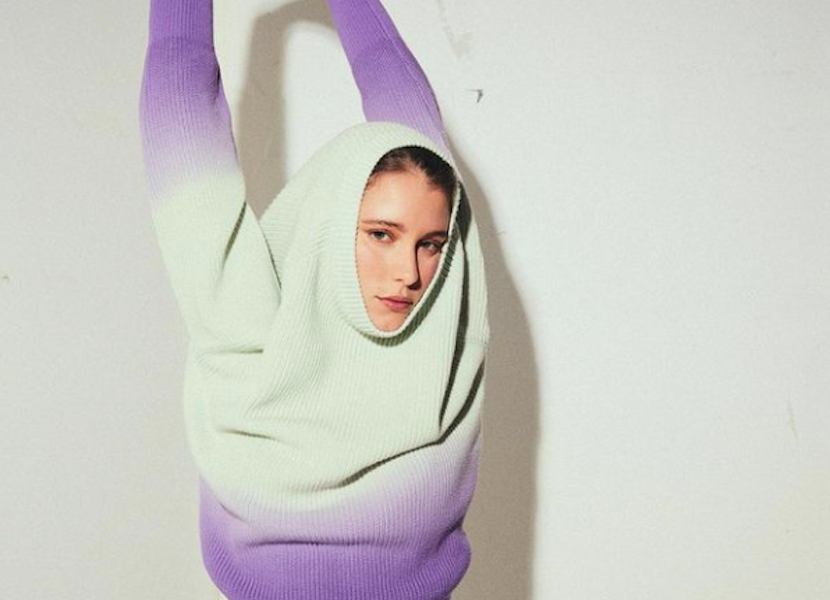
For Adam Coombes, the creative director of Melbourne label Kloke, the DIY feel of its digital runway is “a nice metaphor for this entire year”. The label teamed up with cinematographer Josh Hourigan and art director John Wilson to make an analogue, hand-held film to showcase its latest collection.
“It’s pared-back but also kind of chaotic, or rough and ready, at the same time… It was heaps of fun to make and we love the aesthetic it has, a bit of a dawn-of-the-digital-era innocence that feels really loaded at the moment,” says Adam.
A Melbourne label through and through, Adam says that the team was keen to create a digital experience that represented Melbourne as a “fully-fledged creative city, not just a fashion city.”
The label achieved this by breaking with the traditional runway approach, and not putting the focus entirely on the clothing. “The clothes are there, but we resisted the urge to show them really literally and just had fun with props, silhouettes and spaces. There’s also some found footage mixed through that’s poignant.”
In a year that’s been incredibly challenging for the local fashion scene, Adam views M/FW’s digital runways as an exciting step forward for Australian fashion and “a great solution to a pretty real challenge.”
While Kloke’s collection focuses on the idea of vacation as a remedy, the irony of this concept in 2020 is not lost on Adam.
“Obviously, we couldn’t go anywhere! In the end, it sort of worked out though, because we didn’t want to ignore everything that’s happened around us with the pandemic and politically.
“This stuff is hard to address in fashion because it can come across as disingenuous, but at the end of the day we’ve all experienced some sort of hardship around this and it’s important. So we really embraced shooting indoors at our studio and incorporated subtle nods to what we’ve all been through.”







